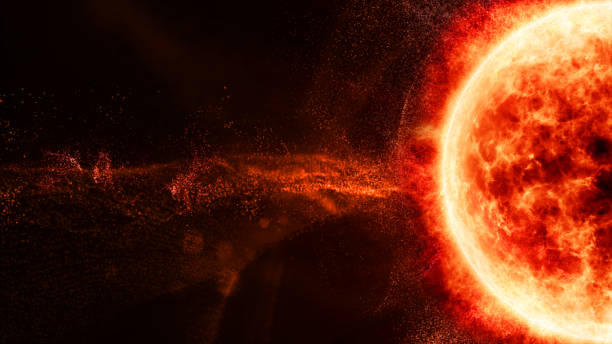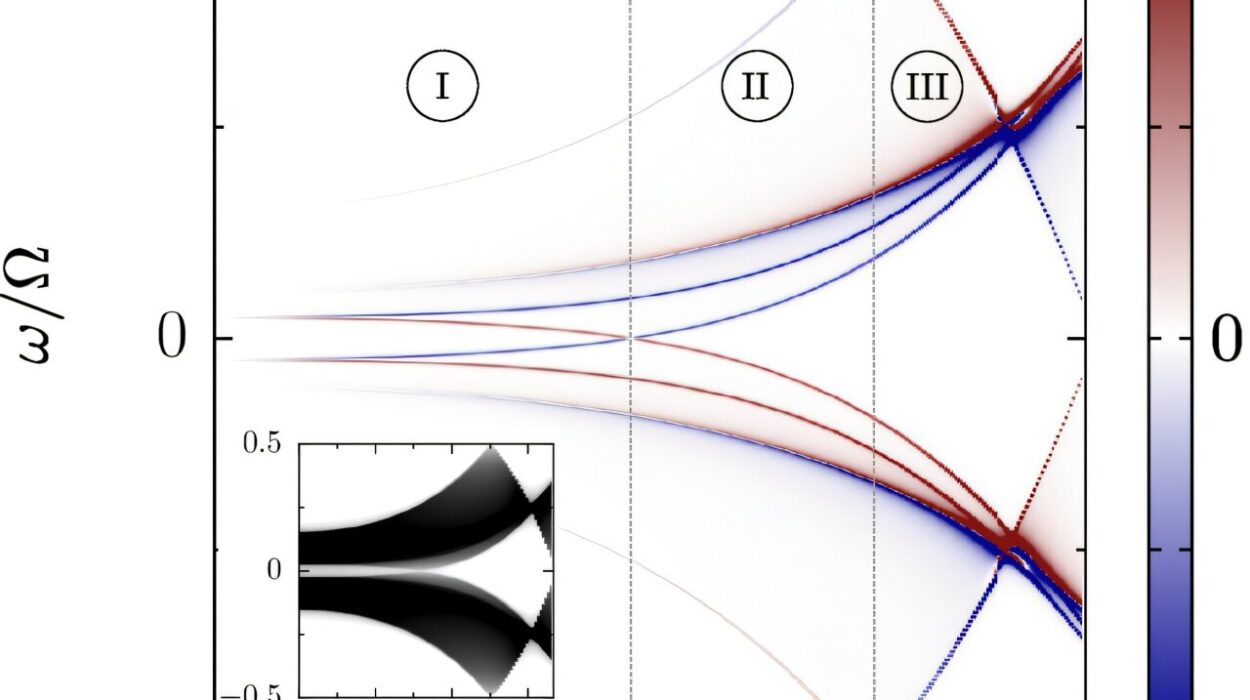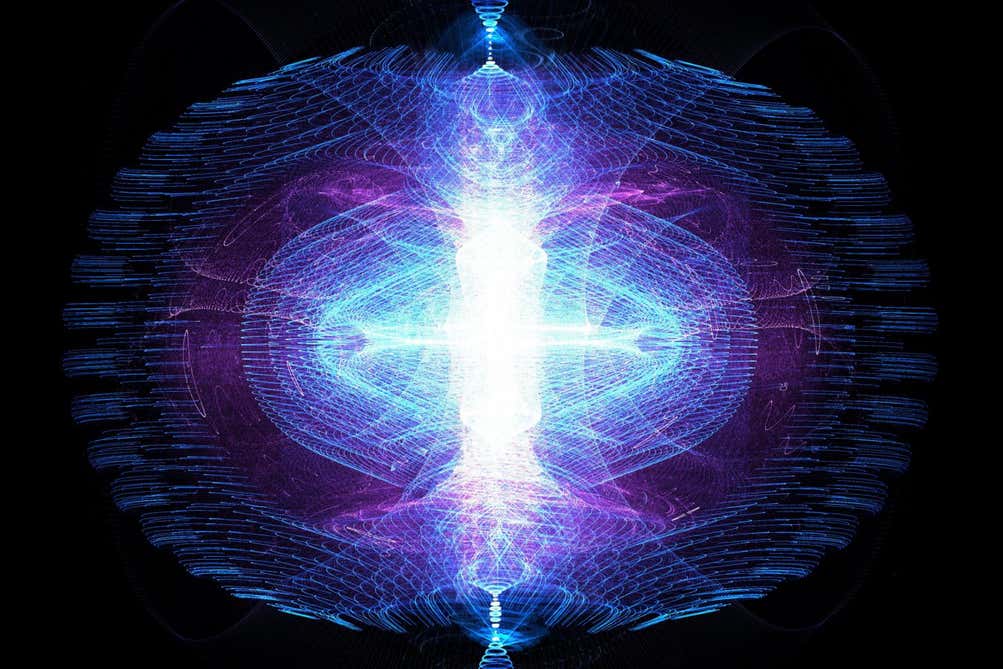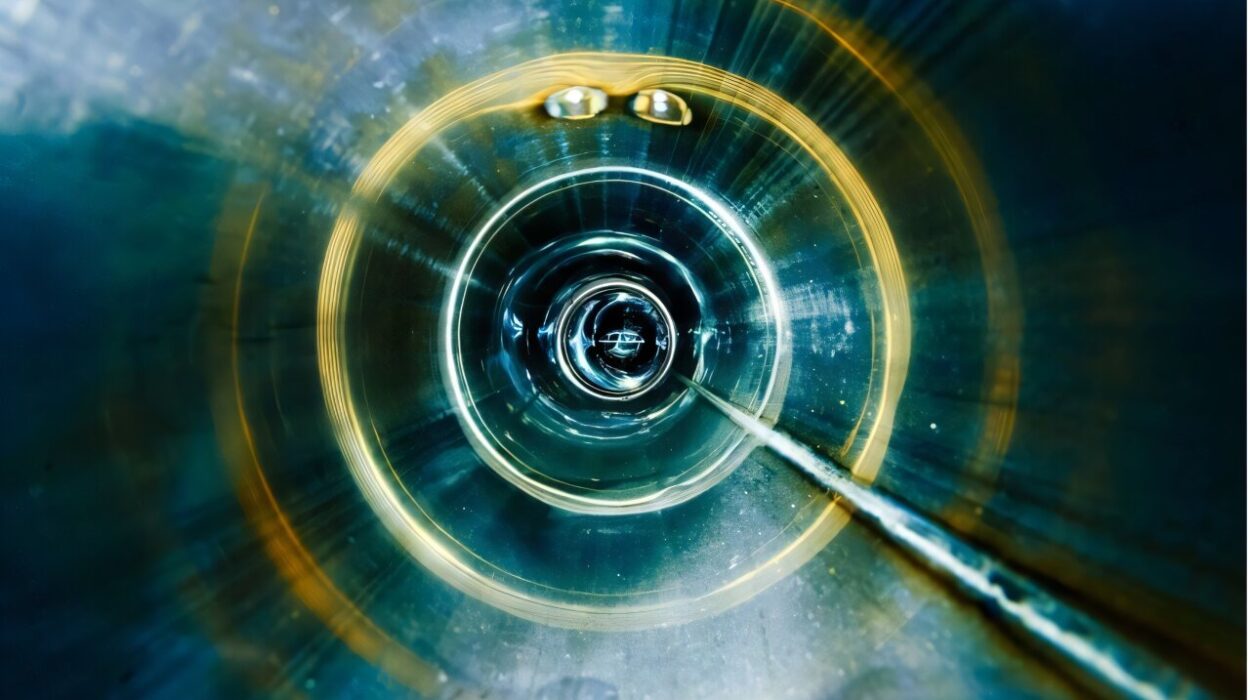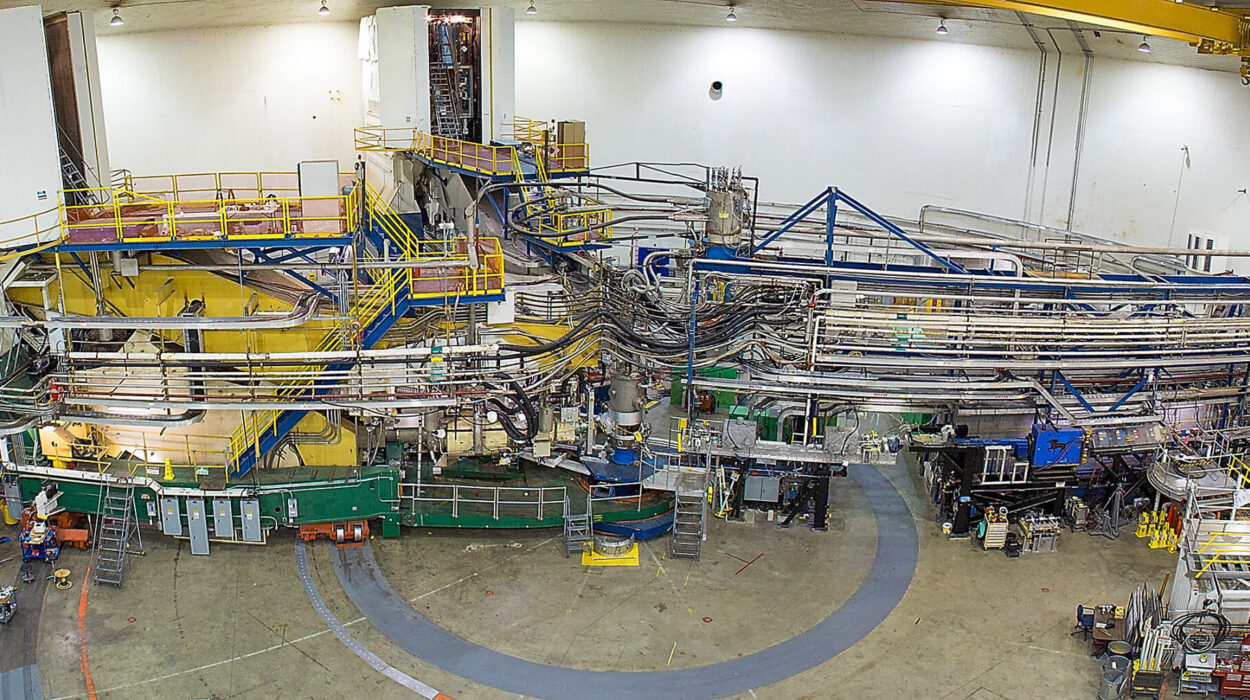Above us, the stars have burned for billions of years, each one a radiant furnace lighting the night sky. Their light reaches us across vast gulfs of space, a testament to the enduring power of the process that fuels them: nuclear fusion. It is a cosmic fire, ignited not by matches or gas, but by gravity and the intense heat of collapsing hydrogen atoms.
Nuclear fusion is not just the mechanism by which stars shine; it is the engine of creation itself. Every element heavier than hydrogen in your body—your carbon, calcium, and iron—was forged in the heart of a star or in the cataclysm of a supernova. Fusion is the alchemy of the universe, where simple atoms are squeezed into complexity, and energy is released in quantities so vast that even a single reaction dwarfs chemical explosions.
Yet for all its grandeur, nuclear fusion remains elusive here on Earth. Scientists have spent decades chasing it, hoping to replicate the stars’ power in laboratories and reactors. If we succeed, fusion promises to revolutionize energy: clean, abundant, and nearly limitless. But the journey to contain a star has been anything but easy.
Let’s step into this fascinating world of high temperatures, magnetic bottles, plasma physics, and the dream of harnessing starfire.
The Basics: What Is Nuclear Fusion?
At its core, nuclear fusion is a process where two light atomic nuclei combine to form a heavier nucleus, releasing a tremendous amount of energy in the process. This is the opposite of nuclear fission, where heavy nuclei like uranium are split into smaller parts. While fission powers current nuclear reactors, it leaves behind radioactive waste and carries risks of meltdown. Fusion, by contrast, is cleaner and safer.
But how does it work?
Hydrogen, the simplest and most abundant element in the universe, is the fuel of fusion. In the cores of stars, immense gravitational pressure forces hydrogen nuclei—protons—so close together that they overcome their natural repulsion (since like charges repel). Once they are close enough, the strong nuclear force binds them together into a new nucleus. This reaction releases energy in the form of light and heat.
The most common fusion reaction in stars is between two isotopes of hydrogen: deuterium and tritium. These fuse to form helium and release a neutron and a large burst of energy.
Why does this release energy? The answer lies in mass. The combined mass of the deuterium and tritium is slightly more than the mass of the resulting helium and neutron. That missing mass has not vanished—it has become energy, as described by Einstein’s famous equation: E = mc².
That tiny bit of lost mass becomes an enormous amount of energy. Multiply that by the billions of fusion reactions happening every second in the Sun, and you get the incredible heat and light that sustains life on Earth.
Fusion in the Stars: How the Sun Burns
In the center of our Sun, temperatures soar to around 15 million degrees Celsius, and pressures are hundreds of billions of times higher than Earth’s atmosphere. These extreme conditions allow hydrogen nuclei to fuse in a sequence known as the proton-proton chain.
Here’s how it unfolds:
Two protons collide and fuse, forming a nucleus of deuterium (one proton and one neutron), releasing a positron and a neutrino. This deuterium then fuses with another proton to create helium-3 (two protons and one neutron), releasing a gamma ray in the process. When two helium-3 nuclei collide, they produce a helium-4 nucleus and release two protons.
This chain of reactions produces a net output of energy that radiates from the Sun’s core, moving outward through layers of plasma before finally escaping into space as sunlight. It takes thousands of years for this energy to reach the surface, but once it does, it travels to Earth in just over eight minutes.
The energy of fusion doesn’t just light the stars—it supports them. Without the outward pressure generated by fusion reactions, gravity would collapse the star in on itself. Fusion and gravity are locked in a delicate balance: one pushing out, the other pulling in. When fusion stops, as it eventually does, the star’s fate takes a dramatic turn—sometimes forming white dwarfs, neutron stars, or even black holes.
Earthly Ambitions: Why We Want Fusion Power
So why do we want to mimic the Sun on Earth?
The answer lies in our planet’s growing energy needs and the urgent demand for cleaner alternatives. Fossil fuels dominate today’s energy supply, but they come with a steep environmental cost: air pollution, climate change, and geopolitical tension. Nuclear fission offers carbon-free energy but carries risks of radioactive waste and meltdowns.
Fusion offers a different future.
First, the fuel is abundant. Deuterium can be extracted from water, and tritium can be bred from lithium, which is also widely available. Just one gallon of seawater contains enough deuterium to theoretically produce as much energy as 300 gallons of gasoline.
Second, fusion is clean. Unlike fission, it produces no long-lived radioactive waste. The primary byproduct is helium, an inert and harmless gas.
Third, it’s safe. Fusion reactions require extreme conditions to sustain. If anything goes wrong, the reaction simply stops. There is no chain reaction, no runaway process—just a fading of plasma and cooling of the system.
Lastly, fusion is powerful. A small amount of fusion fuel can generate enormous amounts of energy. A single gram of fusion fuel can produce energy equivalent to burning several tons of coal.
If we can build a working fusion reactor, it could transform the world’s energy landscape. But the path to that goal is paved with challenges.
The Challenges of Containment: Why Fusion Is Hard
Why haven’t we already built fusion power plants if the benefits are so compelling?
The problem lies in containment. To get hydrogen nuclei to fuse, we must recreate the conditions at the heart of a star: temperatures of over 100 million degrees Celsius and extreme pressures. These temperatures are so high that no material on Earth can contain them physically.
At these temperatures, hydrogen gas becomes a plasma—a soup of charged particles that behave in strange and often unpredictable ways. The plasma must be held in place, away from reactor walls, and heated long enough for fusion to occur. This demands both immense energy input and precise control.
Two primary methods have been developed for this purpose: magnetic confinement and inertial confinement.
Magnetic Bottles: The Tokamak and Stellarator
The most widely studied magnetic confinement device is the tokamak, a doughnut-shaped chamber surrounded by powerful magnetic coils. Inside, a plasma is created and heated while magnetic fields keep it from touching the reactor walls. The goal is to sustain a hot, stable plasma long enough for fusion reactions to become self-sustaining—a state known as ignition.
The international ITER project, currently under construction in France, is the largest tokamak ever built. It represents the combined efforts of over 30 countries and aims to demonstrate that fusion power is possible at a commercial scale. ITER will use deuterium and tritium fuel and expects to produce 10 times the energy it consumes—a major milestone.
A different design, the stellarator, also uses magnetic fields but twists the plasma path into a complex, spiraling shape. This design offers better stability and continuous operation but is harder to engineer. Germany’s Wendelstein 7-X stellarator has made significant progress in recent years, offering hope for more efficient plasma confinement.
Lasers and Implosions: Inertial Confinement Fusion
Inertial confinement uses a different approach: rather than confining the plasma with magnets, it rapidly compresses it with powerful lasers or particle beams. A small pellet of deuterium-tritium fuel is bombarded from all sides, causing it to implode. The resulting shockwave heats and compresses the fuel to fusion conditions—briefly creating temperatures hotter than the core of the Sun.
The National Ignition Facility (NIF) in California is the world’s most advanced inertial confinement facility. In 2022, it achieved a major breakthrough: more energy came out of a fusion reaction than was delivered to the fuel pellet. While the overall system still used more energy than it produced, this milestone brought the world a step closer to practical fusion.
Both magnetic and inertial confinement offer promising paths, but the technical challenges—materials, energy efficiency, and plasma stability—are immense. Fusion has often been called “30 years away” for over half a century, but today, that timeline is finally starting to shrink.
A New Wave of Innovation: Private Fusion Companies
In recent years, private companies have entered the race to achieve fusion. Unlike large government projects that often move slowly, these startups are nimble, innovative, and driven by commercial urgency.
Companies like Commonwealth Fusion Systems, TAE Technologies, Helion Energy, and General Fusion are exploring novel approaches: compact tokamaks with high-temperature superconducting magnets, colliding beam fusion, magnetized target fusion, and more.
These firms aim to achieve net energy gain within the next decade and bring commercial fusion to market soon after. Their optimism is bolstered by advances in computing, materials science, and machine learning—all of which help better understand and control plasma dynamics.
The dream of fusion energy is no longer confined to government labs—it is becoming a global, multi-sector endeavor.
The Physics Behind the Fire: Plasma Science and Instability
Fusion demands mastery over plasma, the fourth state of matter. In a plasma, electrons are stripped from atoms, creating a swirling cloud of ions and electrons. This charged state makes plasmas highly responsive to electric and magnetic fields—but also highly unstable.
Plasma can twist, kink, and erupt with turbulence, much like solar flares on the Sun. These instabilities can disrupt the fusion process, damage reactor walls, and lead to energy loss.
Understanding and mitigating these instabilities is one of fusion’s greatest scientific challenges. Researchers use supercomputers to simulate plasma behavior and design control systems that can respond in real time to disruptions.
Fusion science also explores the edge of plasma physics, where particles interact with reactor materials. These interactions can erode surfaces and introduce impurities into the plasma. Finding materials that can withstand years of bombardment at high temperatures remains a key area of research.
The Environmental Promise: Fusion and Climate Change
In an age of climate crisis, fusion’s appeal is undeniable. Unlike fossil fuels, fusion produces no carbon emissions. Unlike solar and wind, it doesn’t depend on weather or time of day. Fusion plants could provide constant, reliable power, making them ideal for replacing coal and gas in the energy grid.
Even compared to nuclear fission, fusion offers advantages. There is no risk of meltdown, no long-lived radioactive waste, and no need for enriched uranium. Fusion’s fuel—deuterium from water and tritium from lithium—is widely available and hard to weaponize, reducing proliferation concerns.
If humanity can master fusion, we could usher in an age of energy abundance, where electricity is cheap, clean, and universally accessible. Such a breakthrough would transform not just the economy, but geopolitics and the human condition itself.
Looking Ahead: The Future of Fusion
We stand today on the threshold of a new era. After decades of setbacks and slow progress, fusion research is accelerating. ITER is set to ignite in the 2030s. Private firms are closing in on breakthroughs. Advances in superconducting magnets, laser technology, and plasma modeling are solving problems once deemed insurmountable.
Still, challenges remain. Scaling up from experimental reactors to commercial plants will require enormous investment, new infrastructure, and regulatory frameworks. But the momentum is real, and the promise is profound.
If we succeed, fusion could become the cornerstone of a sustainable civilization—powering our cities, vehicles, and industries with the same force that powers the stars.
Conclusion: Starfire Within Reach
For millennia, humans looked up at the stars in wonder, unaware that the same atoms that burn in the heavens also reside within us. Today, we not only understand the secret of that stellar fire—we are learning to recreate it.
Nuclear fusion is more than a scientific challenge; it is a symbol of human potential. It speaks to our capacity for imagination, perseverance, and mastery over nature. It dares us to build stars on Earth—not for destruction, but for life.
The path is hard, the timeline uncertain, but the goal is worthy. And one day, perhaps in our lifetime, we may look at a glowing fusion reactor and realize: we have brought the power of the universe home.
